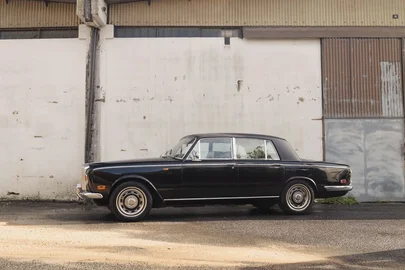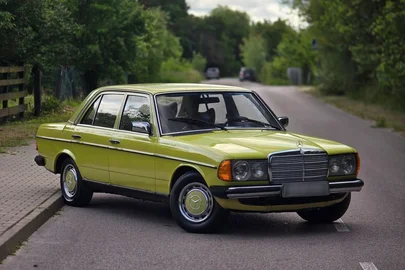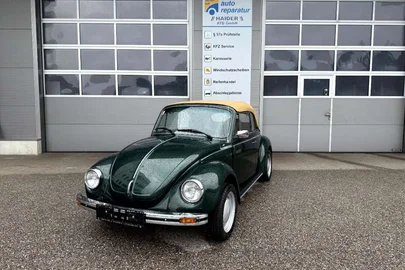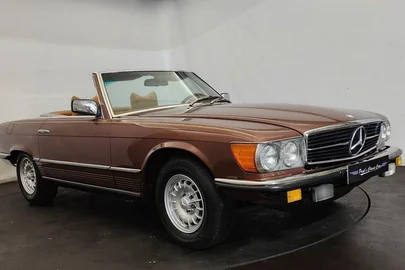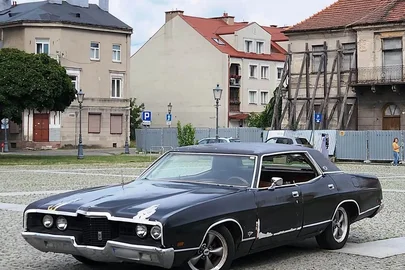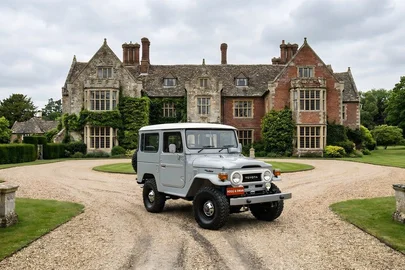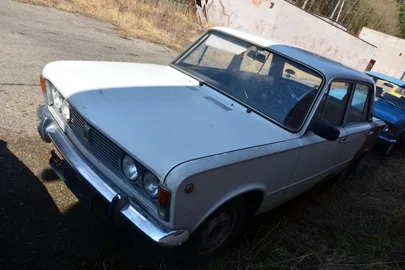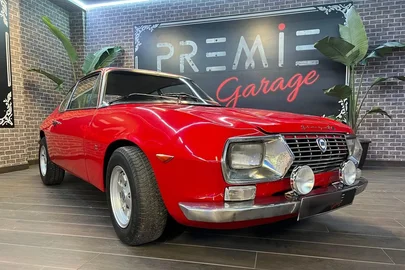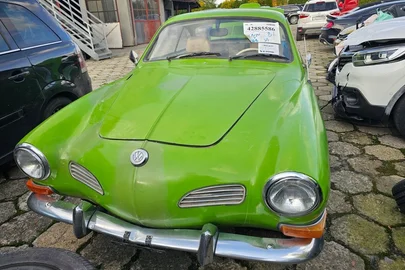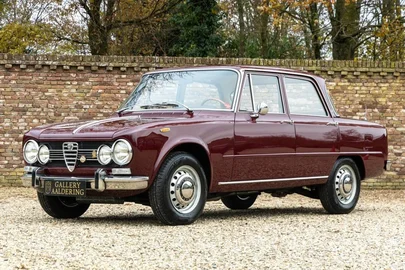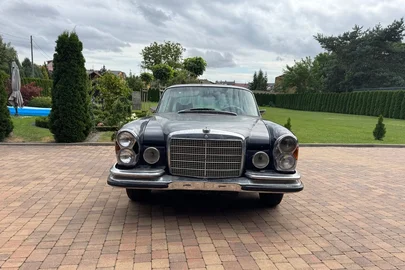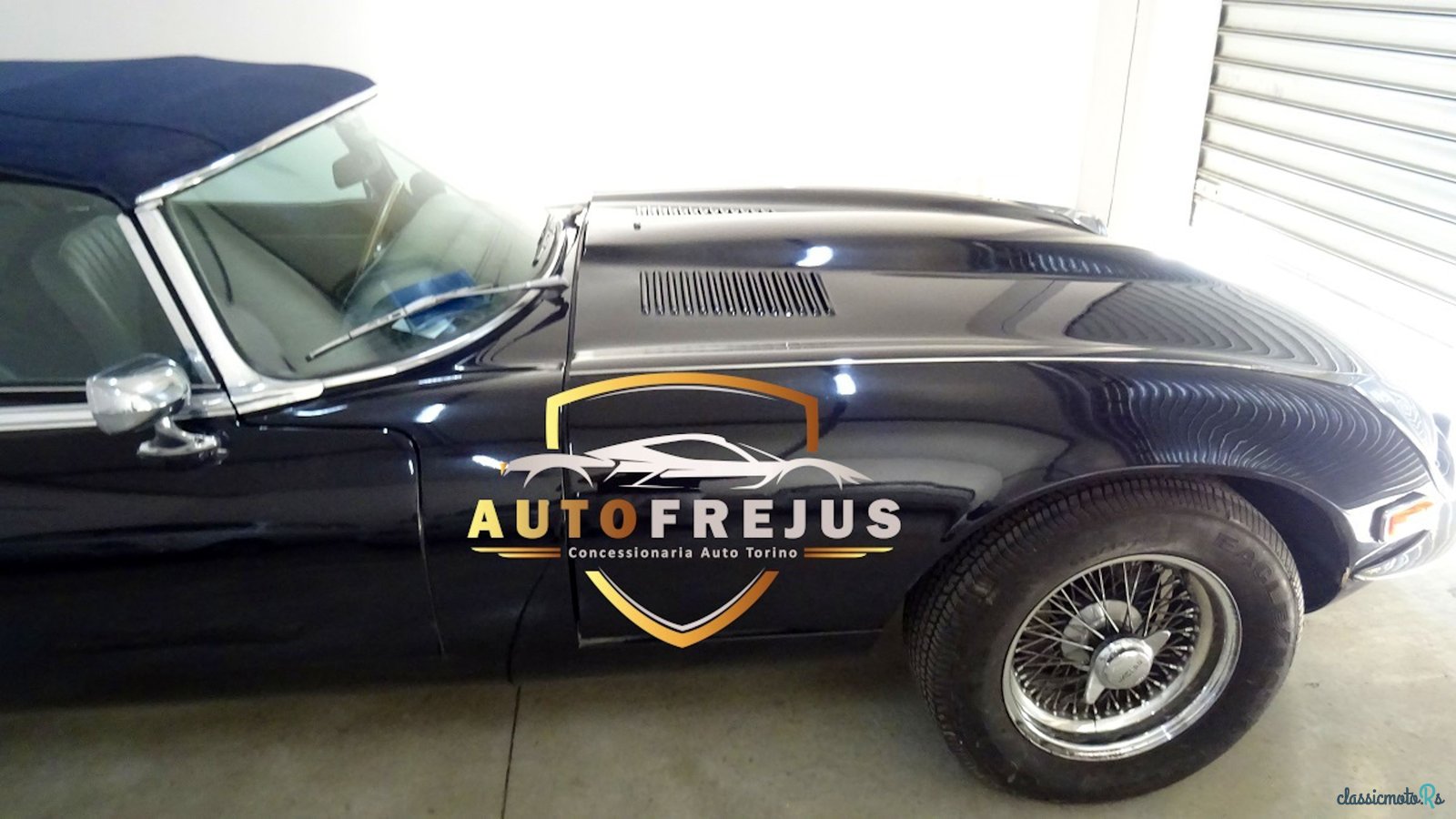
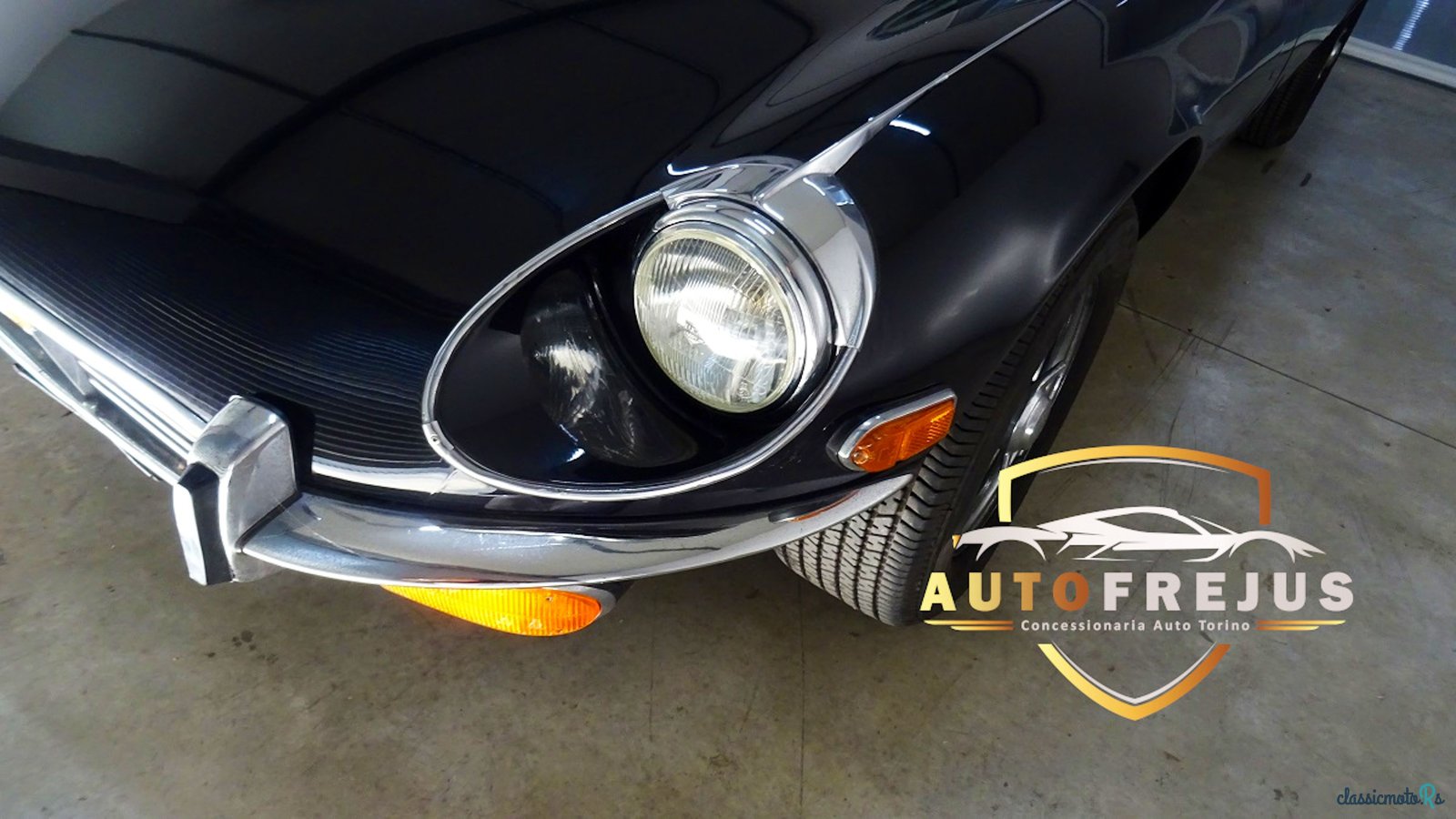
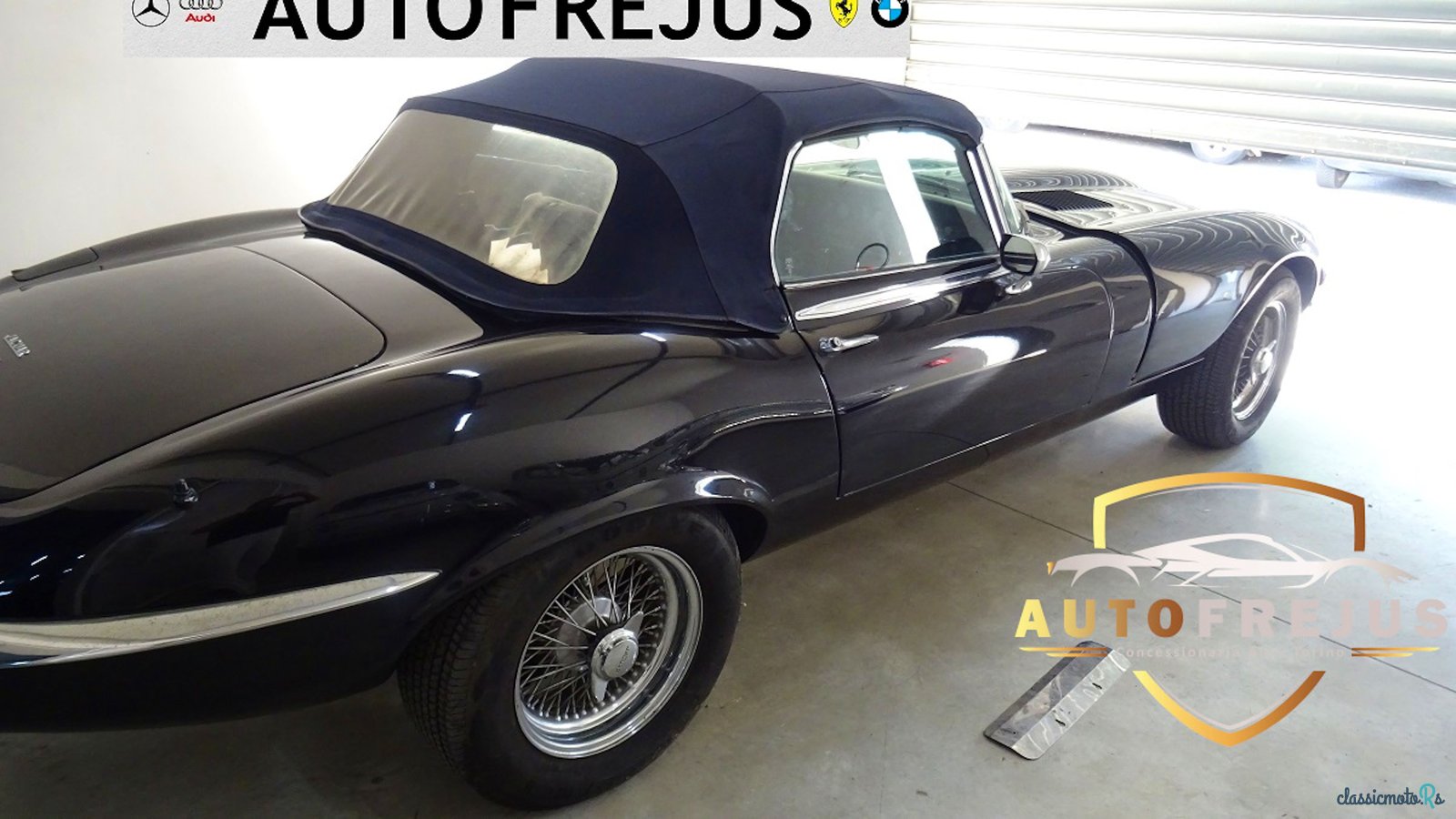
3 photos
1974' Jaguar E-Type
Report This Ad!Rate This!Bookmark This
£39,500Published 15 February 2023ID: K5EN04
Expired
2 years, 10 months ago
2 years, 10 months ago
Information from the owner
Body: Convertible
Age: 49 years
Exterior color: Red
Interior: Air Conditioning
Seller's comments about 1974' Jaguar E-Type
History of the JaguarE-Type Series III:
The E-Type Series 3 was introduced in 1971, with a new 5. 3 L Jaguar V12 engine, uprated brakes and standard power steering. An automatic transmission, wire wheels and air conditioning were available options. The V12 was equipped with four Zenith carburettors, and as introduced produced a claimed 203 kW (272 hp), more torque, and a 0–60 mph acceleration of less than seven seconds. The short wheelbase FHC body style was discontinued, with the Series 3 available only as a convertible and 2+2 coupé. The final production E-Type OTS Roadster was built in June 1974.
The new longer wheelbase offered significantly more room in all directions. The Series 3 is easily identifiable by the large cross-slatted front grille, flared wheel arches, wider tyres, four exhaust tips and a badge on the rear that proclaims it to be a V12. The first published road test of the series 3 was in Jaguar Driver, the club magazine of the Jaguar Drivers' Club, the only owners club to be officially sanctioned by Sir William Lyons and Jaguar themselves. The road test of a car provided by Jaguar was published ahead of all the national and international magazines.
There were also a very limited number of six-cylinder Series 3 E-Types built. These were featured in the initial sales procedure but the lack of demand stopped their production. The V12 Open Two Seater and V12 2+2 were factory fitted with Dunlop E70VR - 15-inch tyres on 15 × 6K wire or solid wheels.
Details:
This Jaguar E-Type is a Series III convertible(Numbers-Matching) that was produced on November, 1973 and and it was repainted dark blue (Factory finished in Regency Red) with a black convertible top over tan leather and is powered by a numbers-matching 5. 3-liter V12 mated to 3-Speed Automatic Transmission and Jaguar Heritage Trust Certificate. Within Europe you do not need to pay any import duties. My Jaguar is located in Italy Europe only on appointment , do not hesitate to contact me for any additional information .
The E-Type Series 3 was introduced in 1971, with a new 5. 3 L Jaguar V12 engine, uprated brakes and standard power steering. An automatic transmission, wire wheels and air conditioning were available options. The V12 was equipped with four Zenith carburettors, and as introduced produced a claimed 203 kW (272 hp), more torque, and a 0–60 mph acceleration of less than seven seconds. The short wheelbase FHC body style was discontinued, with the Series 3 available only as a convertible and 2+2 coupé. The final production E-Type OTS Roadster was built in June 1974.
The new longer wheelbase offered significantly more room in all directions. The Series 3 is easily identifiable by the large cross-slatted front grille, flared wheel arches, wider tyres, four exhaust tips and a badge on the rear that proclaims it to be a V12. The first published road test of the series 3 was in Jaguar Driver, the club magazine of the Jaguar Drivers' Club, the only owners club to be officially sanctioned by Sir William Lyons and Jaguar themselves. The road test of a car provided by Jaguar was published ahead of all the national and international magazines.
There were also a very limited number of six-cylinder Series 3 E-Types built. These were featured in the initial sales procedure but the lack of demand stopped their production. The V12 Open Two Seater and V12 2+2 were factory fitted with Dunlop E70VR - 15-inch tyres on 15 × 6K wire or solid wheels.
Details:
This Jaguar E-Type is a Series III convertible(Numbers-Matching) that was produced on November, 1973 and and it was repainted dark blue (Factory finished in Regency Red) with a black convertible top over tan leather and is powered by a numbers-matching 5. 3-liter V12 mated to 3-Speed Automatic Transmission and Jaguar Heritage Trust Certificate. Within Europe you do not need to pay any import duties. My Jaguar is located in Italy Europe only on appointment , do not hesitate to contact me for any additional information .
